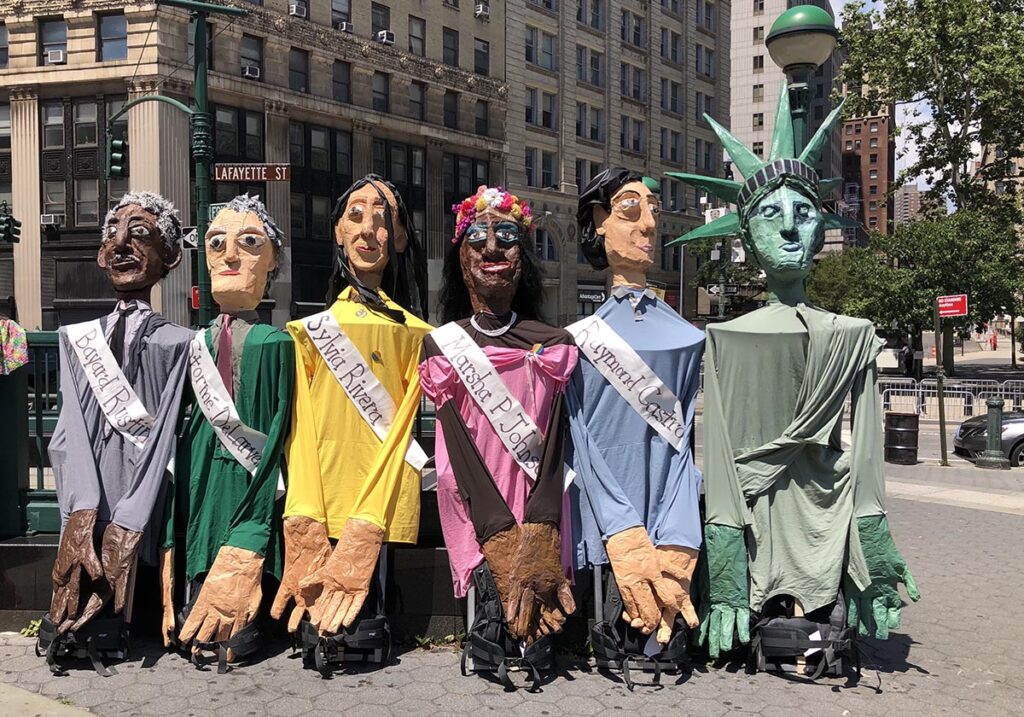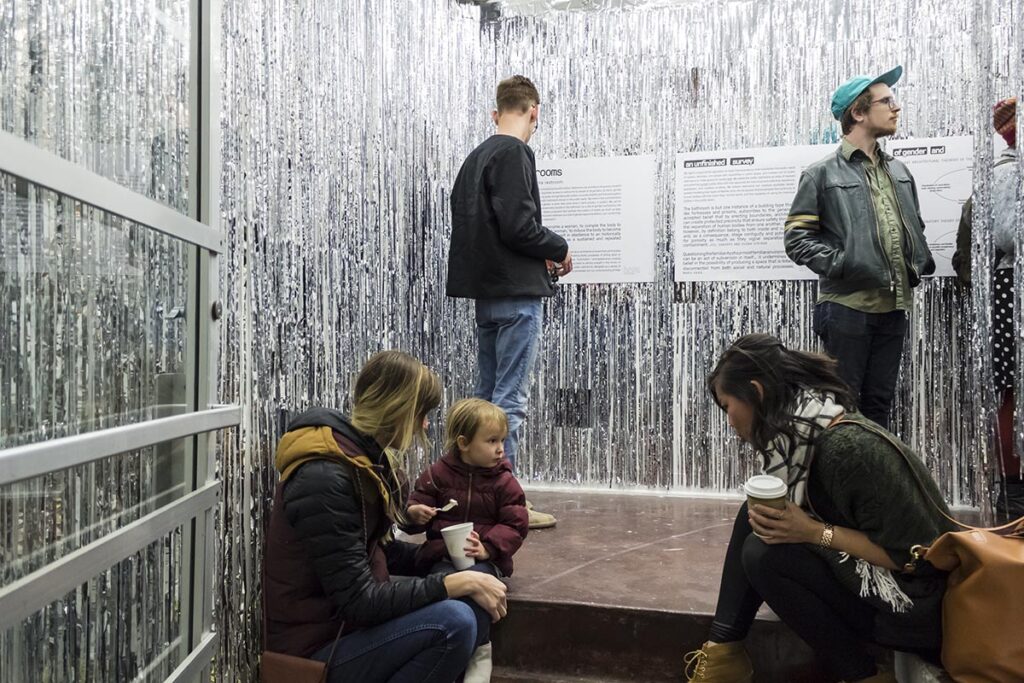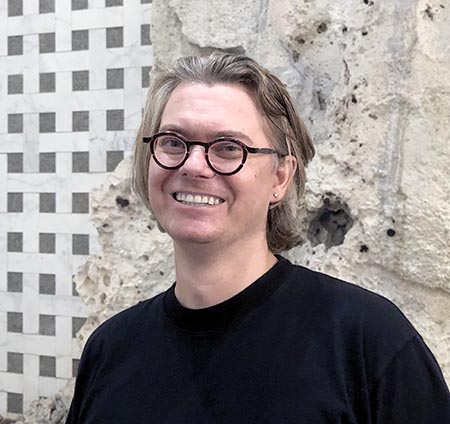Main Content



Abstract
If a radical redistribution of space and materials is already here, how will landscape architecture participate? Increasingly, neoliberal cities like New York enact the long-term project of coastal resilience through the private sector. In contrast, “Direct Action Landscape” calls for designers to look to the new, often informal, practices of care that emerge in disaster areas and the insurgent “rebuilding of infrastructure within [our] means and ways” we find in the Queer Liberation March, Mutual Aid Disaster Relief, and other survival programs operating outside of the settler state and its markets. Landscape architecture theory, pedagogy, and practice in the US continue to embrace their role as intermediary of the state, producing large-scale “resilient” landscapes that further the aims of settler colonialism under the guise of protecting public space and minimizing risk. In contrast, mutual aid—sharing resources horizontally and freely— offers a decentralized practice of care and repair. Mutual aid is a structure for survival work in real time and space, distinct from the long timeframe and large scales of public policy. Can mutual aid and direct action inform a landscape practice, one that involves itself in the emergent redistribution of space and materials that has accompanied twenty-first century crises of climate change and displacement?
Bio

Ben Barsotti Scott (he/him) is a landscape architect and independent curator in Brooklyn, NY. He is a co-founding member of the design and research outfit Bad Little Brother and has worked as a designer and project manager at Ken Smith Workshop and SCAPE Landscape Architecture. He is a frequent contributor at the New York Review of Architecture and has taught at the Maryland Institute College of Art and currently at the Pratt Institute. He is a member of the Architecture Lobby.